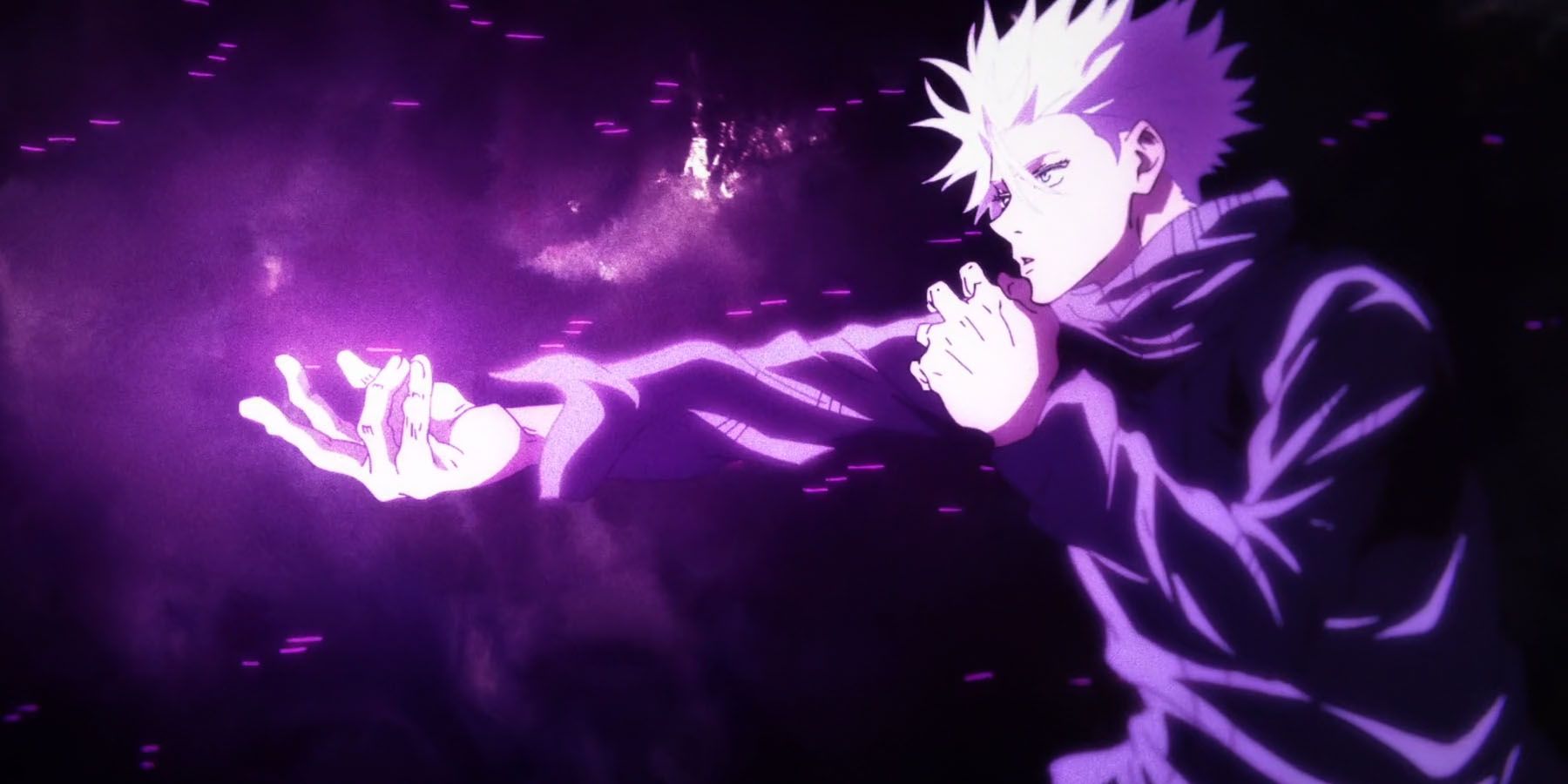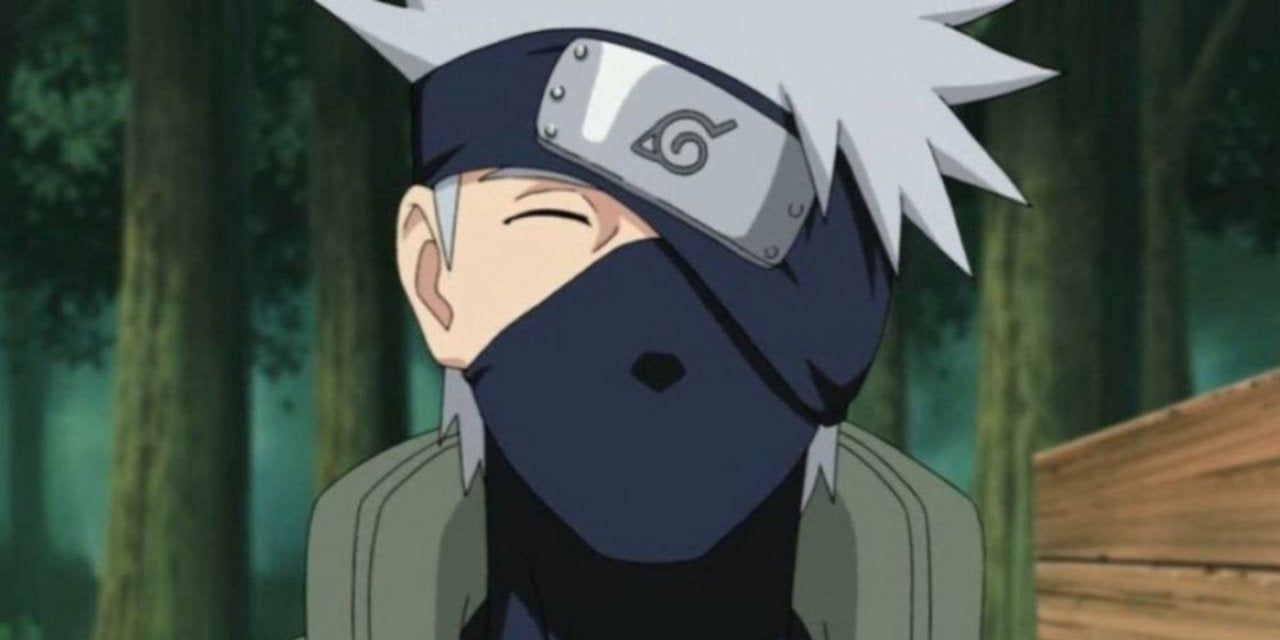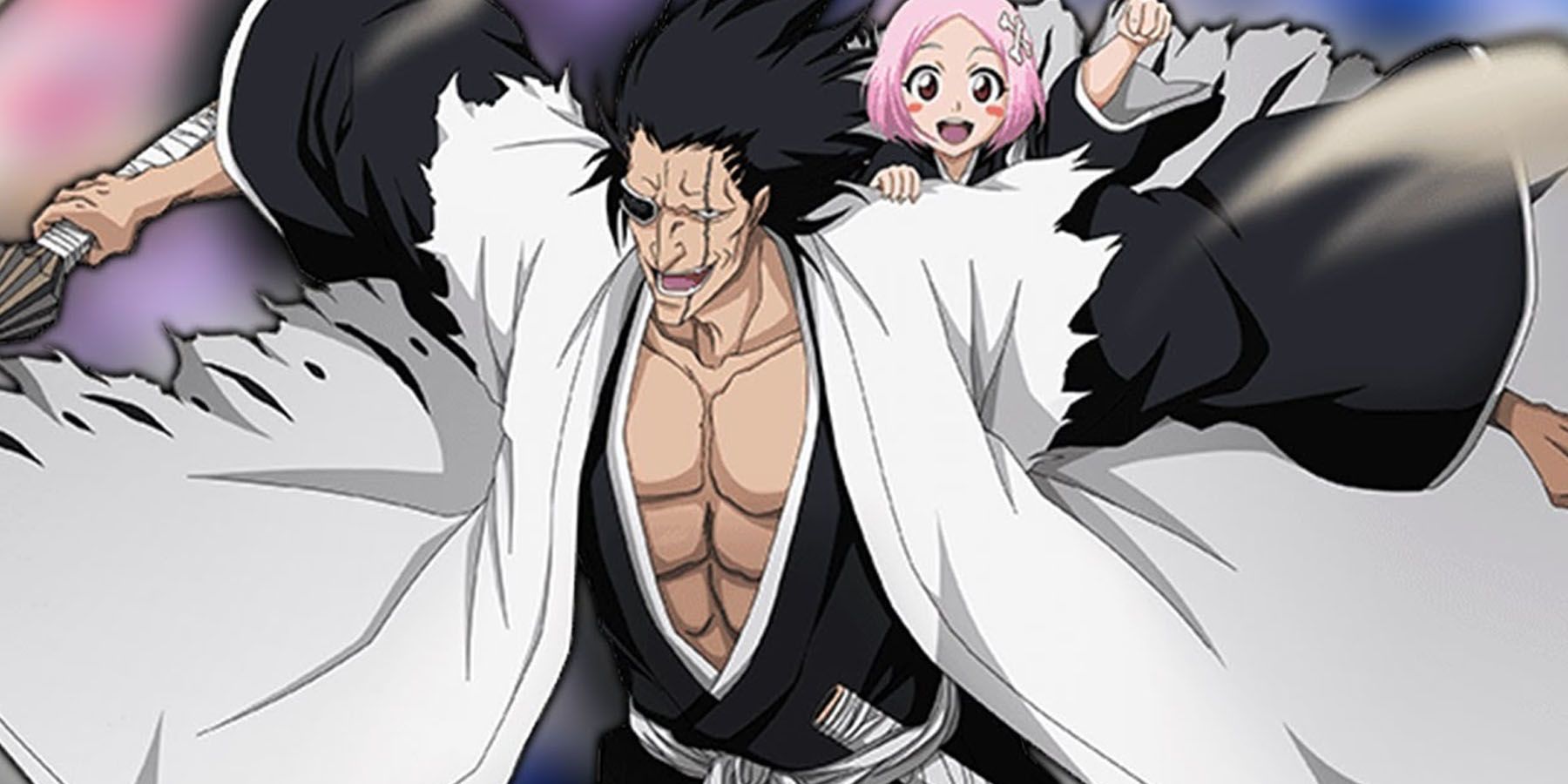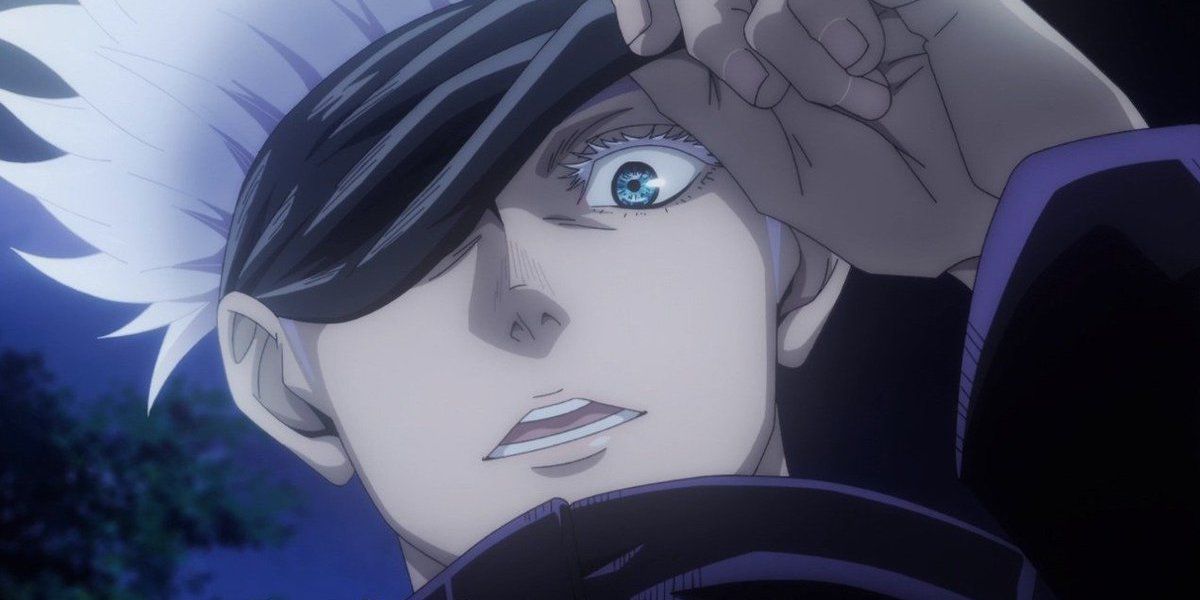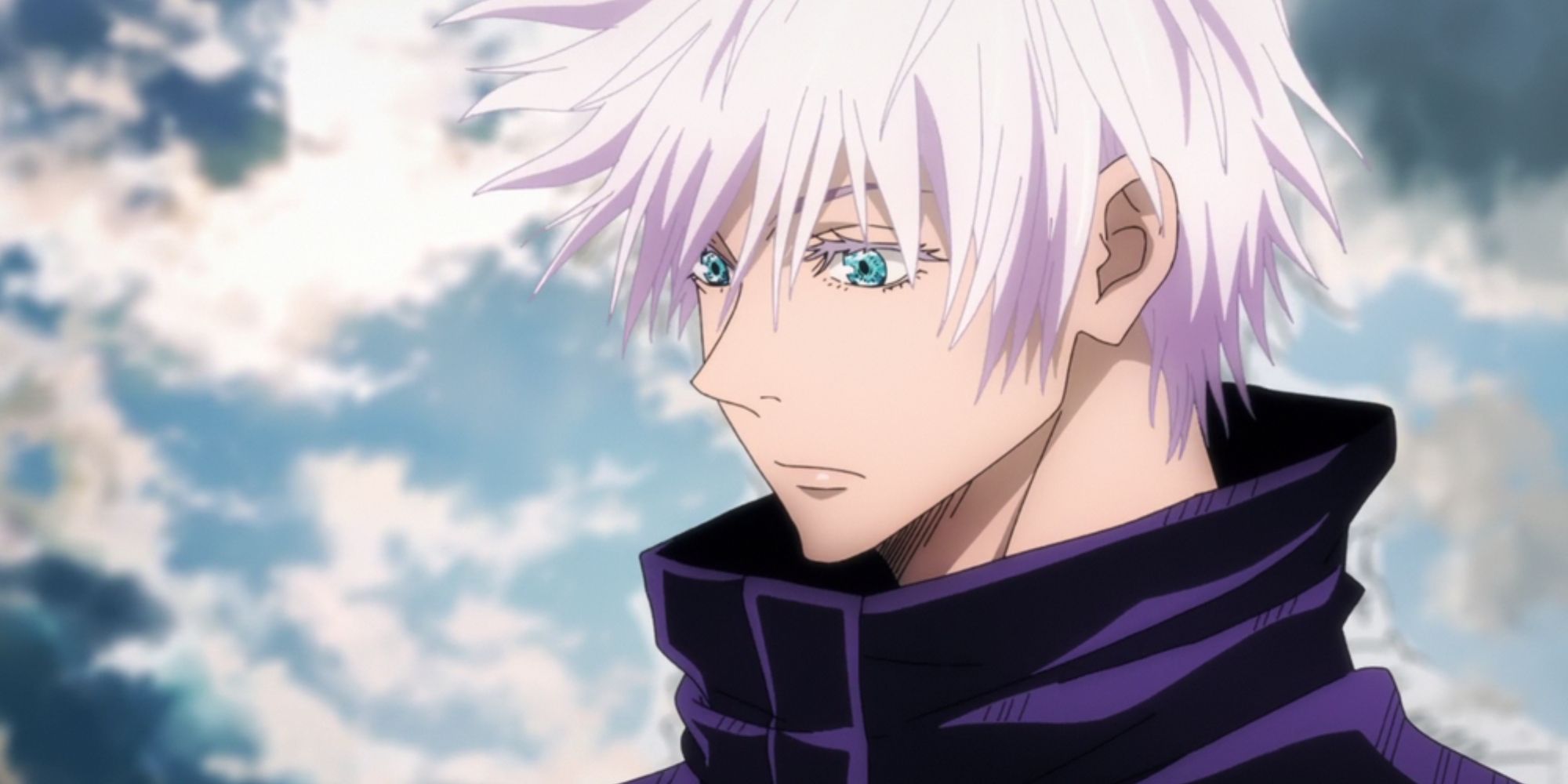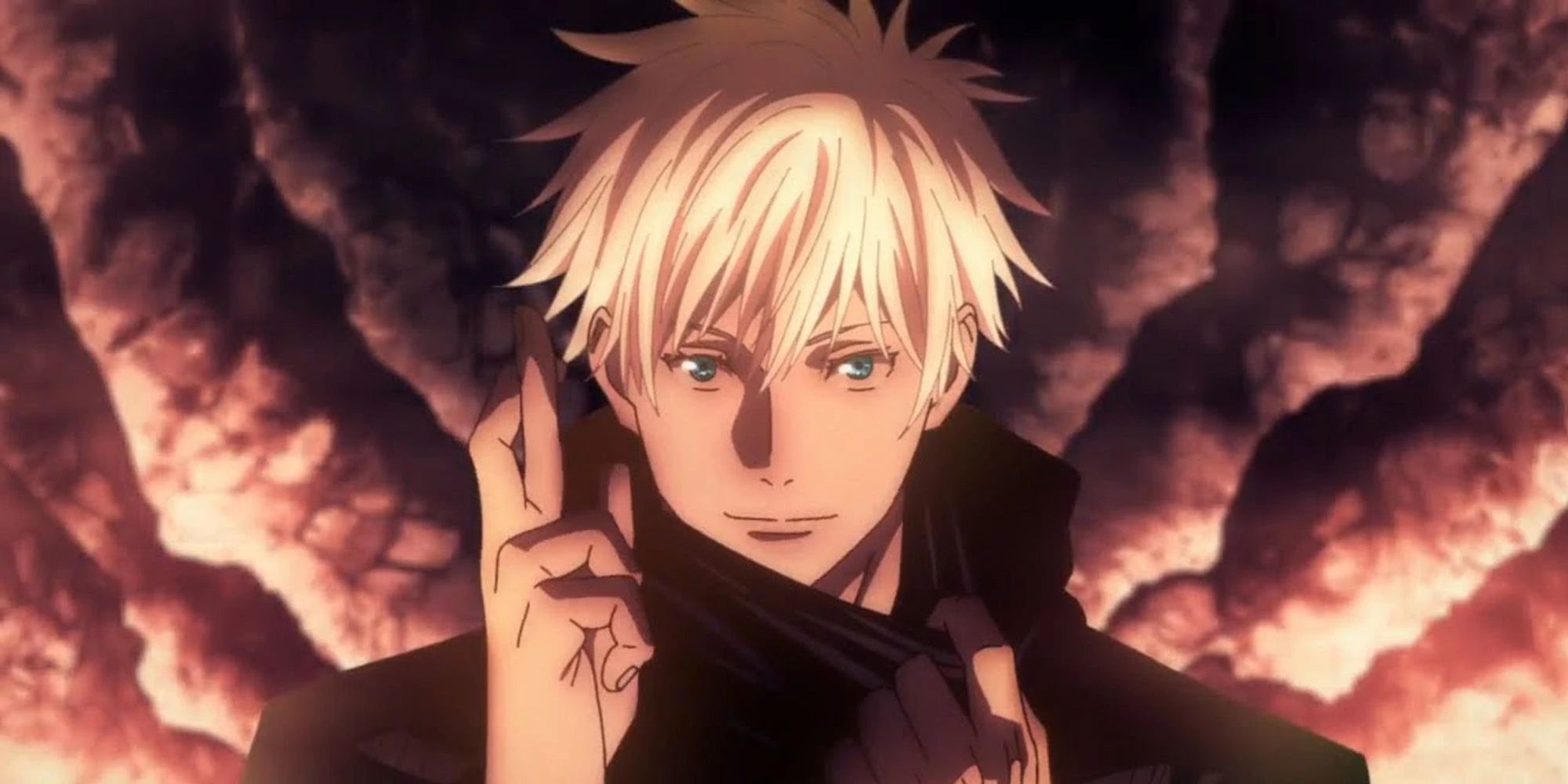Fans of the anime and manga series, JUJUTSU KAISEN, meet the character who is touted to be the strongest in the series very early on. Satoru Gojō arrives at the scene of protagonist Yūji's consumption of the first finger of Ryōmen Sukuna introduced in the series, and from the jump, the masked Sorcerer's unparalleled combat potential is very apparent.
However, most fans are unaware that Gojō's incredible battle power is something that is possibly inherent to his character, and his name is a major clue in that regard. Here's how the name "Satoru Gojō" lends itself towards the character's abilities, powers, personality and what he represents in the JUJUTSU KAISEN universe.
The Archetype in Anime
In shōnen anime, the powerful masked master is a common archetype that is mostly associated with the Naruto series' Kakashi Hatake, a character who often views the world around him with a single eye while the other remains covered. It is later revealed that Kakashi's hidden eye is in fact a Sharingan Eye, a kekkei genkai (Bloodline Limit), and one of the three great dōjutsu in the Naruto series.
The eye grants its wielder enhanced perception and other special abilities, and Kakashi is in possession of one, despite not being part of the Uchiha Clan of ninja. Other characters who have powers that are related to the eyes, vision or perception in general tend to have character designs that reflect this, such as Sven Vollfied from Black Cat, who keeps his other eye under an eyepatch to avoid overstressing his body due to its clairvoyant abilities.
On a very technical level, Kisuke Urahara from BLEACH is a quintessential manifestation of this archetype, as his bucket hat casts an eternal shadow over his eyes, which are sometimes seen – to dramatic effect. Gojō takes this trope very far, as most characters will have at least one eye open; however, Gojō's mask covers both of his eyes, and he is seen more often with his mask covering on than off.
This attribute makes Gojō very similar to the BLEACH universe's resident powerhouse, Kenpachi Zaraki, who dons an eyepatch capable of siphoning his spiritual energy so that he can better relish a fight. Whenever Gojō removes his mask, an unspeakable power is set to erupt from the calm Sorcerer. The parallels between the various characters who are of this archetype create an interesting link between one's desire to seemingly hinder one's own perception in order to gain higher power, perception or control.
Odin, That is To Say, 'Frenzy'
Norse mythology is brilliant and exciting and brutal, but it is also incredibly confusing as it is practically impossible to establish a true canon. There are various iterations of the same story, and a lot of the events are of course, incredibly surreal. However, one of the best stories from Norse mythology is that of Odin's journey to Jötunheimr – the realm of the giants, where Mimir's well of wisdom could be found. Mimir's Well was located beneath the World Tree, Yggdrassil, and in order to gain the right to drink from that well and gain wisdom, Odin had to sacrifice an eye, which is what prompts the varied depictions of the god with a single eye or an eyepatch.
The journey towards wisdom saw Odin sacrifice himself in stages: first tossing his eye to Mimir's Well; then throwing himself upon Gungnir, his spear; and finally hanging himself upside down from the branches of Yggdrassil for nine days and nine nights, all with the intention of learning more about the realms, the runes and all kinds of knowledge systems unknown to him. Odin's self-sacrifice enabled him to become a recepticle of various kinds of "secret wisdoms", meaning that Odin's journey to Jötunheimr and subsequent ritual were all actions performed in pursuit of enlightenment.
Odin's casting away of one eye enabled him to see things more clearly, and this motif of individuals who have alternate means of perception being wiser than their somatically-typical counterparts is rampant in all manner of storytelling. The concept of some means of surface-level handicap being the key to heightened perception; more specifically, "deprivation" being the key to enlightenment is rampant in various spiritual and religious traditions – the Buddha is perhaps one of the most famous examples of an attempt to use self-deprivation as a key to enlightenment.
Siddartha
Siddhārtha Gautama, better known as The Buddha was the founder of Buddhism, born to parents of high social status in what is thought to be Nepal sometime in the 6th or 5th century BCE. Various expressions of the origin story of The Buddha feature a tale in which his father sought to shield him from any and all kinds of human suffering such that he may become a "great king", rather than a "great religious leader". The story goes that sometime in his adulthood, Gautama left the safe bubble of the palace and saw the outside world for the first time, shocked to the core by what he saw. Gautama is said to have since then, left to see the outside world several times, eventually deciding to leave his whole life behind in the pursuit of enlightenment; living an ascetic life as a monk, cutting his hair, eating very minimally, and living in the forest.
Emptiness became a core theme in Buddha's journey, with his development of the understanding of a "Middle Way" that serves as the pursuit neither extreme but a perfect centre. The Buddha's ascension is said to have occurred under a pipal tree, where he meditated for seven days prior to achieving the "ultimate end" of Buddhist spirituality – the end of suffering and the cycles which give rise to it; the end of the cycle of reincarnation; the state famously known as Nirvana.
Gojō Satoru
The above share various similarities to each other, but what do they have to do with Gojō? Put simply, Gojō Satoru is the underlying concept beneath the aforementioned aspects. His perpetual covering of his eyes is in some ways, the "contractual obligation" he has to unleash his true power. In covering his eyes, Gojō sacrifices an element of his perception, which is both an expression of the restriction of his might, and the evidence of this unbridled power. If deprivation breeds understanding, Gojō has sacrificed both his eyes like Odin, and hence gained unbridled power and an understanding of the supernatural that is unparalleled. In JUJUTSU KAISEN, Gojō explains that he is capable of seeing the very structure of Curses and can hence pull them apart at their most fundamental level. His first name, Satoru, is written with a Kanji most anime fans have actually seen before: 「悟」– which is the same character that provides the "Go" in "Son Gokū".
"Satoru" is generally a masculine name, and it is the verb form of "satori", which is a Zen Buddhist term for a specific form of awakening. In Zen Buddhist spirituality, Satori is interchangeable with a concept known as kenshō, which refers to an "initial" form of enlightenment that is the precursor to the apprehension or lucid recognition of reality for what it is. While learning from various spiritual teachers during his journey, Buddha came to gain a great understanding of emptiness, and the middle path; all of which served to be his initial awakening. Buddha only achieves what Zen Buddhists call Satori when meditating under a pipal tree. "Satoru" comes from "Sa wo toru", with "toru" being a verb meaning "to obtain". Essentially, the name "Satoru" can mean "to know", but not in the rudimentary, day-to-day understanding and ontology of knowledge, but rather the knowledge and intimate understanding of reality – Buddha's understanding of nothingness.
Into the Void
The family name "Gojō" is written in Japanese 「五条」, with the kanji for "five" and a kanji that carries with it the concept of conditions. Essentially, "Gojō" is a signifier of five pillars that are integral to something; be it the character himself or his abilities. A concept that seems to be applicable to this is Wu'wei, an ancient Chinese concept which literally translates to "effortless action"; which describes a state of free-flowing spontaneity, personal harmony and a state of perfect knowledge of the given situation. When the various definitions and contexts of the usage of the "-jo" kanji in "Gojō" are investigated, a common thread of rules, precedents, conditions – effectively, the rules of engagement within a particular context – is what emerges.
All together, "Gojō Satoru" invokes something along the lines of "Five Conditions to Achieve Enlightenment". His Hollow Technique: Purple is created from the meeting of the two infinite extremes of Red and Blue into a single technique – which mirrors Buddha's development of "a middle path" Hollow: Purple is a Limitless technique, which brings the concept of infinity into reality, while his Domain Expansion; Unlimited Void, is the biggest link to the aforementioned satori concept. Since "Satoru" is the full achievement of enlightenment, the awakening beyond kenshō, Gojō's name and abilities reflect a deep understanding of reality – the awareness of vacuity. From this understanding, the answer to Getō's question is, quite possibly, that he is the strongest because he is Gojō Satoru.

